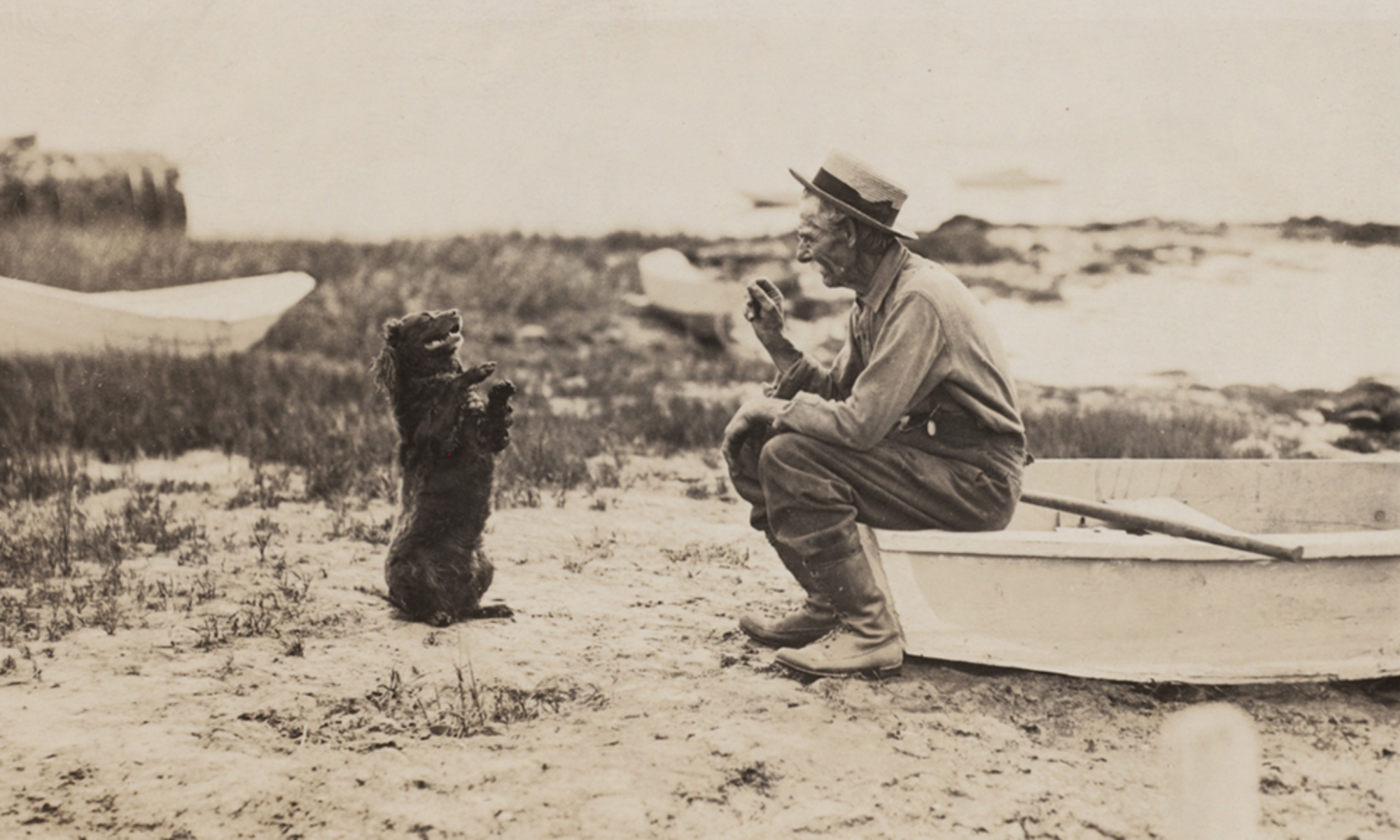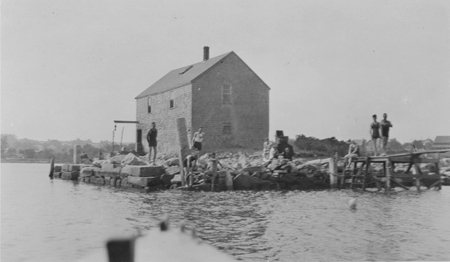
In 2018, a new farmer’s market opened in Kingston. The Library’s usually there; check us out! It’s a great new venture with some interesting echos of the past.
In 1917, Kingston also had a new community market, this one located at the Point, right where Summer Street splits from Main. The Old Colony Memorial on July 13 that year invited anyone with surplus food to join in.
No matter how small an amount you may have to sell, you are invited to bring it to the market. Products of the garden, dairy, poultry, etc. in fact, anything you are engaged in producing…
Part of the national effort to increase local food production as the nation entered the First World War, Kingston’s market was sponsored by the Grange, the Patriotic Society and the Food Production Committee of the Public Safety Commission. There was no charge for selling: vendors just had to show up with their wares.
Within the first week the market was open, 17-year-old diarist Helen Foster wrote that “things sure were stirring there.”
Source: Newspapers PC19; Mary Hathaway Collection MC21















